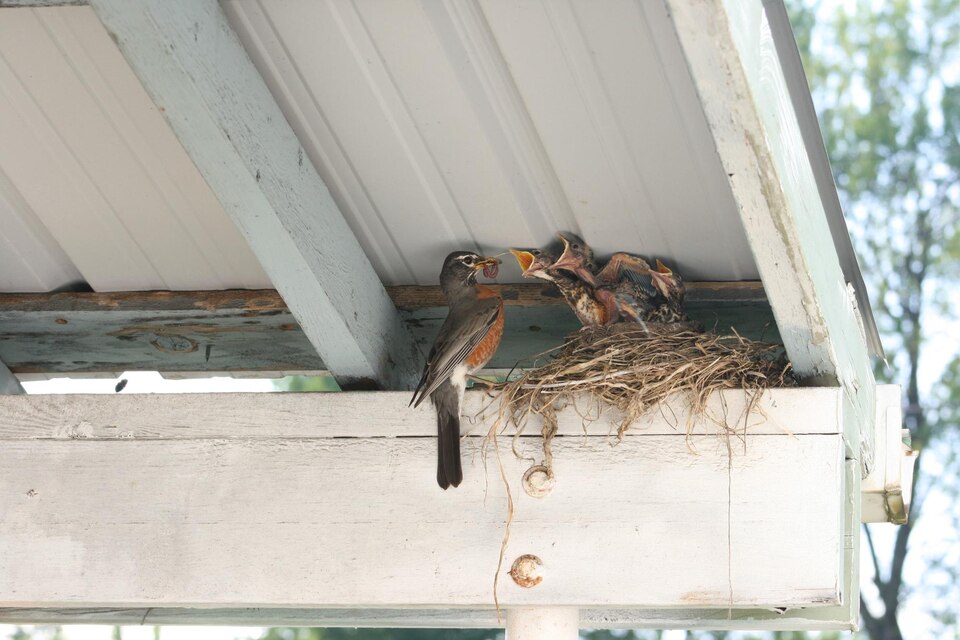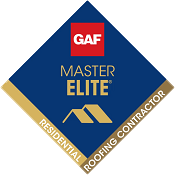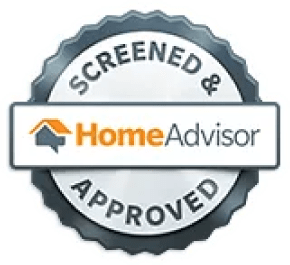When considering home security, most homeowners immediately think of alarm systems, sturdy doors, and secure windows. However, a critical yet often overlooked component of home security is the roofing system.
Your roof is not just a shield against rain and snow; it’s an integral part of your home’s defense against intruders and environmental threats. A secure roof protects your home from natural elements and acts as a deterrent to unwanted visitors, contributing significantly to the overall safety and integrity of your property.
The Anatomy of a Secure Roof
Understanding the components of a secure roof is crucial for homeowners. A typical roof consists of several layers, each playing a role in security:
- Shingles or tiles – The outermost layer, visible from the ground, provides the first line of defense against weather and intruders.
- Underlayment – This waterproof or water-resistant barrier adds an extra layer of protection against moisture infiltration.
- Decking – Also known as sheathing, this solid layer provides structural support and a nailing surface for shingles.
- Trusses or rafters – These form the skeleton of the roof, supporting its weight and distributing the load to the walls.
A secure roof ensures that each of these components is robust, well-maintained, and properly integrated with the rest of the home’s structure.
Recognizing the Red Flags: Signs of a Compromised or Aging Roof

Your roof may be silently signaling distress long before you notice a leak or a break-in. Being vigilant about these warning signs can help you address potential security risks before they escalate:
Cracked Tiles or Shingles
These aren’t just cosmetic issues; they’re potential entry points for water and can weaken the roof’s structural integrity.
Blistering or Curling Shingles
When shingles start to curl at the edges or develop bubbles, it’s a clear indication that they’re nearing the end of their lifespan and need replacement.
Loose Materials or Debris
An accumulation of granules in gutters or loose flashing around chimneys and vents can indicate that your roof is becoming vulnerable to weather damage or pest intrusion.
Soft Spots on the Roof
These could be signs of rotting wood beneath the shingles, presenting a severe security risk. If left unchecked, these weak points could provide easy access for intruders.
Daylight Through the Roof Boards
If you can see sunlight from your attic, water and pests can get in too.
Sagging Roof Deck
This is a sign of advanced structural damage and requires immediate professional attention.
Conducting a Comprehensive Roof Security Assessment

Regular assessment of your roof’s condition is crucial for maintaining home security. Here’s a step-by-step guide to thoroughly evaluate your roof’s state:
- Begin with a visual inspection from the ground using binoculars. Look for obvious signs of damage like missing shingles, sagging areas, or damaged flashing.
- Venture into your attic armed with a flashlight. Look for:
- Water stains or streaks on the underside of the roof or walls
- Sunlight peeking through roof boards
- Sagging between rafters
- Signs of animal intrusion
- Ensure gutters are securely attached and free from debris. Check downspouts for proper drainage away from the foundation.
- Examine flashing around chimneys, vents, and skylights for signs of wear or separation.
- If it’s safe to do so, closely inspect shingles for curling, cracking, or missing granules.
- Schedule an annual inspection with a certified roofing professional. They can spot issues that might be missed by an untrained eye and provide a detailed report on your roof’s condition.
Enhancing Roofing Security: Beyond the Basics
While regular maintenance is crucial, there are additional measures you can take to bolster your roof’s security:
Reinforced Materials
Invest in impact-resistant shingles or tiles that can withstand severe weather and potential break-in attempts. Some modern roofing materials are designed to resist forced entry and extreme weather conditions.
Secure Fasteners
Ensure that shingles and tiles are attached with high-quality, tamper-resistant fasteners. This prevents them from being easily removed or lifted by intruders or high winds.
Roofing Alarms
Consider installing a roofing alarm system. These advanced systems use sensors to detect unusual pressure or movement on the roof, alerting you to potential intruders or damage from fallen trees.
Surveillance Integration
Position security cameras to cover potential roof access points. Modern systems can be integrated with your smartphone for real-time monitoring.
Anti-Climb Paint
Apply anti-climb paint on downspouts and lower roof edges to deter intruders from scaling your home.
Motion-Activated Lighting
Install motion-activated lights around the perimeter of your roof to startle and expose potential intruders.
Trim Overhanging Branches
Regularly trim tree branches near your roof to eliminate potential access points for burglars.
When to Call in the Professionals

While DIY maintenance is admirable, certain roofing issues require professional expertise. Don’t hesitate to contact a certified roofing contractor if you encounter:
- Large areas of missing shingles or multiple leaks.
- Any signs of sagging or changes in roof line.
- Tasks that require specialized tools or knowledge, such as flashing replacement.
- If your roof is nearing or has exceeded its expected lifespan.
- Professional assessment following major storms or extreme weather events.
Remember, attempting complex repairs without proper training can lead to further damage and compromise your home’s security.
Insurance Considerations: How Your Roof Affects Your Coverage
Your roof’s condition and security features can impact your home insurance.
Many insurance companies offer premium reductions for homes with secure, well-maintained roofs, and some specifically reward the installation of impact-resistant or security-enhanced roofing materials.
On the other hand, an aging or poorly maintained roof might lead to coverage limitations or even policy cancellation, making regular professional inspections and prompt repairs crucial for maintaining comprehensive coverage. Keeping detailed records of all roof inspections, maintenance, and upgrades is essential, as this documentation can be invaluable when filing claims or negotiating premiums.
Always inform your insurance provider about any security enhancements to your roof, such as the installation of roofing alarms or impact-resistant materials, as these improvements may qualify you for additional discounts.
Your Lakeland Roofers
When you need a roofing company in the Lakeland area, you want the best – Stronghold Roofing & Solar. Our team is committed to installing the best materials with exceptional workmanship, backed by outstanding customer service.
Contact us today and ask for a free roof estimate.
FAQ’s – Roofing & Security
A well-maintained, secure roof is a vital component of your home’s overall security. Weak points, such as damaged flashing or missing shingles, can provide easy access for intruders and damage from weather events.
Annual inspections by a certified roofing professional, especially after severe storms or extreme weather events, can give you peace of mind that your roof remains secure and functioning properly.
If you encounter significant damage or areas of concern during your own inspection, it’s best to contact a certified roofing professional for further assessment and repairs. Attempting complex repairs without proper training can lead to further damage and compromise your home’s security.











